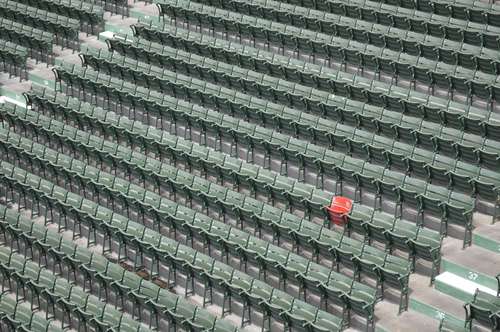In a bid to address a looming national emergency, China's ruling Communist Party is intensifying its efforts to encourage women to have more children.
Despite offering incentives such as cheaper housing, tax benefits, and cash rewards, coupled with patriotic appeals urging women to embrace the roles of "good wives and mothers," the alarming decline in the birth rate persists.
This declining trend has resulted in a consecutive two-year contraction of China's population, raising concerns about its ageing demographic and economic impact.
Population Dwindles Despite Government Initiatives
Despite implementing various pro-natal policies, China's birth rate continues to plummet, joining other countries suffering from similar population crises.
In 2023, only 9.02 million babies were born, down from 9.56 million in the previous year. This marks the seventh consecutive year of decline and reflects a worrisome pattern for the Chinese government.

At the end of 2023, the total population stood at 1,409,670,000, a stark decline of two million people, as the National Bureau of Statistics reported.
The shrinking and ageing population poses severe challenges to China, particularly regarding the labour force needed to sustain economic growth.
The unexpected acceleration of this demographic crisis is already placing strains on China's healthcare and pension systems, which were ill-prepared for the rapid pace of population ageing.
So, as the number of elderly citizens surpasses the working-age population, the economic repercussions become more pronounced, threatening to undermine the foundations of the country's economic prosperity.
Historical Factors and the One-Child Policy Legacy
China's history of population control, notably the one-child policy, has played a pivotal role in shaping the current demographic situation. The long-term impact of this policy, which aimed to curb population growth, has contributed to the persistently low birth rates.
By limiting families to a single child, the policy unintentionally created a generation of empowered young women who, having received education and employment opportunities, are now hesitant to conform to traditional societal expectations.
Many view the government's current pro-natal initiatives as regressive, pushing them away from the workforce and back into domestic roles.
Despite the government's appeals for women to embrace traditional roles, a growing number of Chinese women are choosing to postpone marriage and childbirth. The generational shift, fueled by increased access to education and professional opportunities, has empowered women to challenge societal norms.
So, the reluctance to heed the government's call for more children reflects a broader societal shift where women assert their independence and prioritise personal and professional pursuits over traditional familial expectations.
Birth Rate in China, Chinese Population Decline
The persistent decline in the birth rate in China is causing the government to grapple with the broader implications of an ageing population and its impact on the economy.
The historical context of the one-child policy continues to cast a long shadow over the country's demography, shaping the attitudes of a generation of empowered women who resist reverting to traditional societal expectations.
So, as China faces this critical juncture, the government's efforts to reverse the declining birth rate must navigate the complex interplay of historical legacies, evolving societal norms, and the economic imperatives of sustaining a robust labor force.




